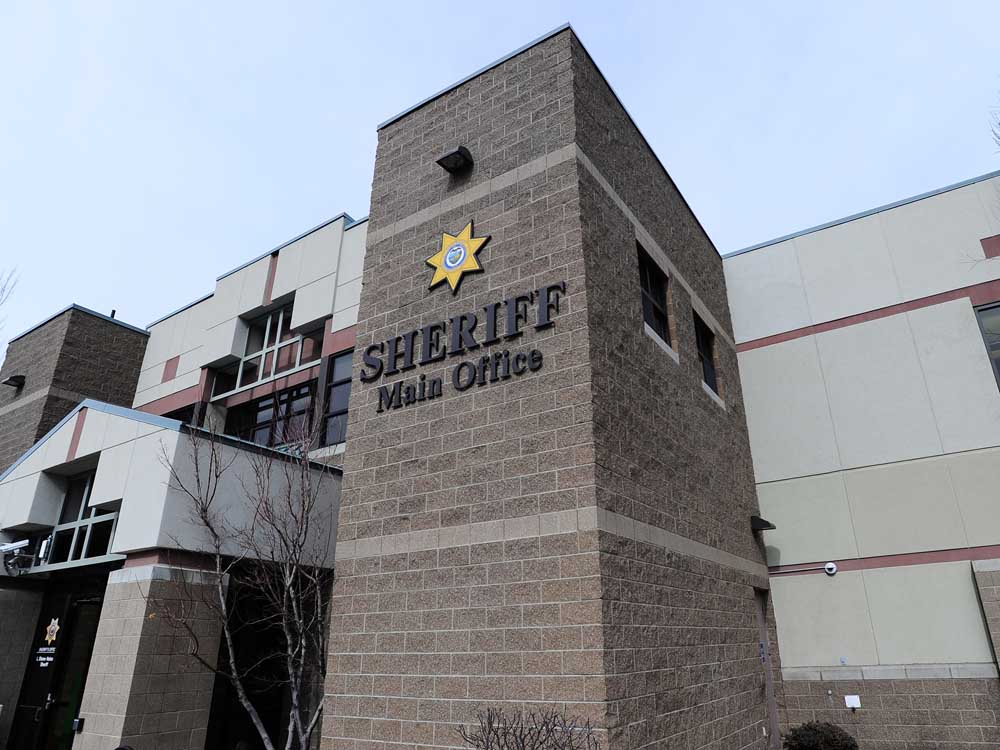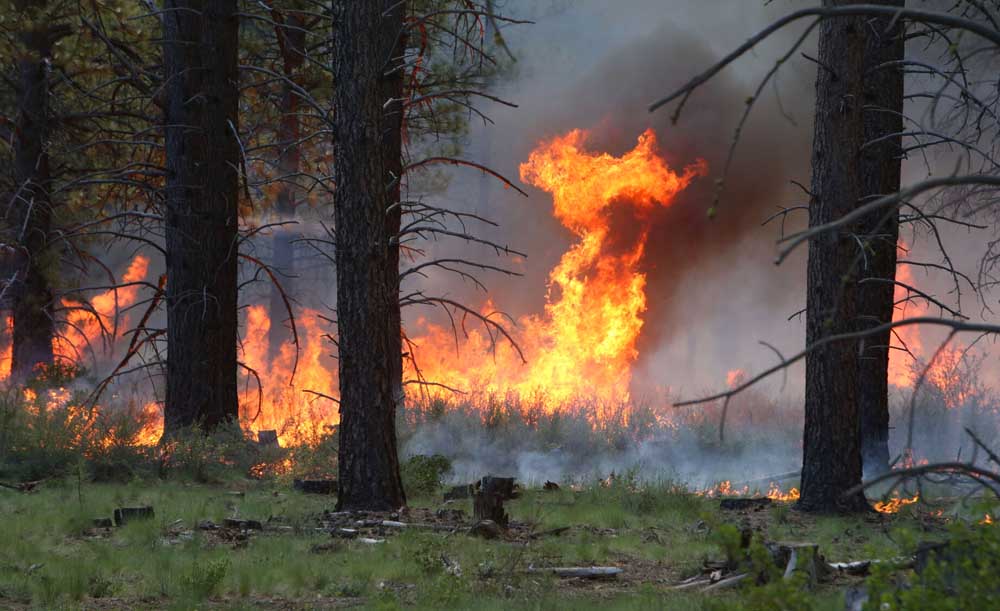Quota system could be coming to Central Oregon wilderness areas
Published 12:00 am Saturday, April 21, 2018

- Hikers find isolation along trails heading toward the peak of South Sister.
The U.S. Forest Service took another step this week toward addressing overuse in some of the most scenic — and vulnerable — portions of the Deschutes and Willamette national forests.
Late Thursday, the Forest Service released the “Central Cascades Wilderness Strategies Project,” a draft report known as an environmental assessment, that summarizes findings from its multiyear examination of the way that five wilderness areas in the Central Cascades are managed.
Trending
The project could bring additional restrictions to these wilderness areas, including limiting the number of hikers and campers allowed on any given day.
Matt Peterson, project leader for the Willamette National Forest, said the goal is to protect vulnerable parts of the forest for future generations amid a spike in usage, without unduly limiting the people using the areas.
“We’re always thinking about how to find that balance,” Peterson said.
In the report, the Forest Service introduced its proposed action, which would establish a permit system for overnight visitors and day-use visitors at certain trailheads, along with four other alternatives.
The options range from no change to the system to restrictions across the board in wilderness areas.
Beginning on Tuesday in Sisters, the Forest Service will host four public meetings to address questions and concerns from residents.
Trending
“I think we’re probably going to see a great deal of feedback on this,” said Beth Peer, interdisciplinary team leader for the Deschutes National Forest.
About the beginning of 2017, resource specialists from the Forest Service began looking at the impact of increased visitation on portions of the Mount Jefferson, Mount Washington, Three Sisters, Diamond Peak and Waldo Lake wilderness areas.
These areas, which include up to 530,000 acres of land spread across the Deschutes and Willamette national forests, are protected under the federal Wilderness Act of 1964. The act mandates that wilderness areas are “hereby recognized as an area where the earth and its community of life are untrammeled by man, where man himself is a visitor who does not remain,” and are given special protections.
“It is a very special designation, and we’re fortunate to have all of these scenic areas nearby,” said Jean Nelson-Dean, spokeswoman for the Deschutes National Forest.
Some of Central Oregon’s most popular trails in wilderness areas have long struggled with overuse, but the problem has gotten significantly worse in recent years. Peterson said population growth on both sides of the Cascades, along with the increased visibility of popular trails on social media, are contributing factors.
From 2011 through 2016, the number of visitors to the Three Sisters Wilderness Area increased 181 percent, and visitation to the Mount Washington Wilderness Area increased by 119 percent, according to the assessment.
The Forest Service has seen visits to lesser-known trails increase by more than 500 percent over the same period. An uptick in trash and environmental impacts, such as soil compaction and erosion, has accompanied those increases as well, according to the report.
“The situation in the Central Cascades Wilderness Areas has reached a point where the Forest Service sees a need to take action,” the report reads.
Peer said the Forest Service’s proposed action is designed to provide a consistent approach throughout the wilderness areas, rather than singling out a few busy trails. The proposal would require permits for overnight use through all five wilderness areas, as well as 48 trailheads across three of the wilderness areas during the day.
Additionally, there would be limits to the number of permitted visitors at these areas.
Peer said the limits would be specific to each site, depending on factors like parking lot size, natural resource concerns and the number of people who have used the sites in the past.
Nelson-Dean said the busiest trails in the area will likely remain busy, but added that the proposal could encourage visitors to come on quieter days, explore less-busy trails and generally plan ahead.
“We’re just trying to spread out that use somewhat,” Nelson-Dean said.
Other proposals include limiting access primarily on particularly busy trails, including those by Lava Camp Lake and Devils Lake, as well as a blanket requirement for permits at all sites across all five wilderness areas. Peer added that the administrators could pursue a hybrid option.
During a public comment period in 2017, the Forest Service received around 580 letters from members of the public, ranging from support to full-throated rejection of possible changes.
Common concerns that emerged were the possibility of shifting visitors to more pristine areas, and a fear of losing the ability to take a spontaneous trip into the wilderness.
“There’s a great deal of support, but with caution,” Peer said.
Central Oregon’s equestrian community also expressed concerns about the process.
Kim McCarrel, vice president of public lands for the nonprofit Oregon Equestrian Trails, said she’d like to see permits made available for same-day trips, and added that she was concerned about how the restrictions might affect horse camps in the Three Sisters Wilderness Area, which often have limited parking for trailers and other challenges. Still, she said she and other members of the equestrian community understood the need to prevent overuse.
“I don’t think I’ve heard a single equestrian say that they shouldn’t put in a permit system,” McCarrel said.
Peer said she expects a draft decision to be released in late summer.
Following another public comment period, a final decision is expected during the fall.
— Reporter: 541-617-7818, shamway@bendbulletin.com








